“I don’t know anything with certainty, but seeing the stars makes me dream.” – Vincent Van Gogh, artist

One of the pleasures of traveling are the world-class art museums you encounter. In the next few days, we’ll log over 12,000 steps daily walking a labyrinth of Amsterdam’s fine museums; housing exceptional masterpieces and discovering new artists. We also experienced the emotional rooms of the Anne Frank House and dwelled upon the Jewish history of Amsterdam. In a city full of cultural riches, we were about to gorge ourselves.
The Rijksmuseum Museum
The Rijksmuseum is one of the most renowned art museums in the world. Just approaching this architectural beauty, a distinctive 19th century building, gives the museum-goer great anticipation for the rich, vibrant work of Dutch painting and culture that presides within its recently renovated salons.
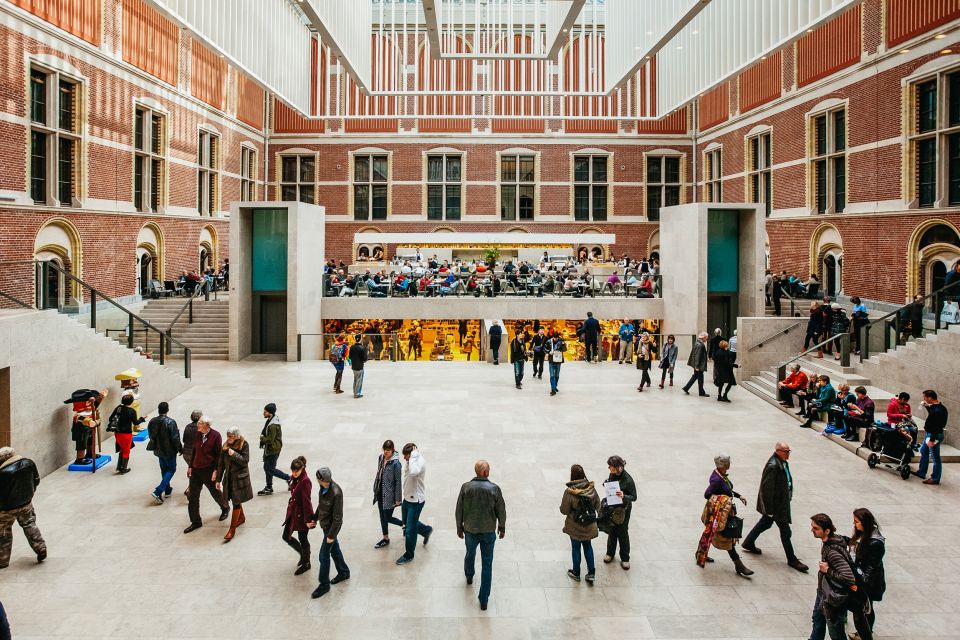

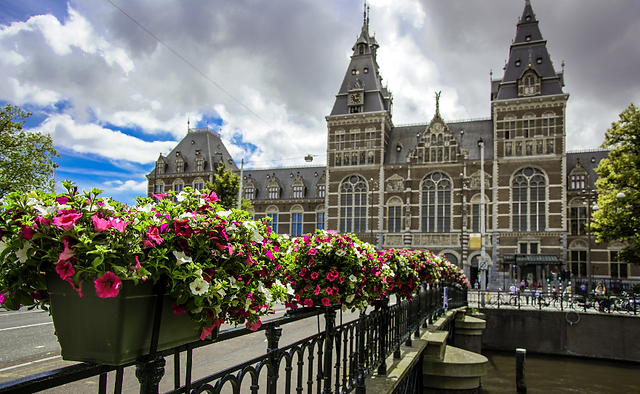
Enter the glorious world of over 800 years of Dutch history and you leave behind the hustle and bustle to immerse yourself with the treasures from the vast cultural heritage of The Netherlands. Here lies not only great paintings, but also sculptures, religious and decorative arts, and historical artifacts.
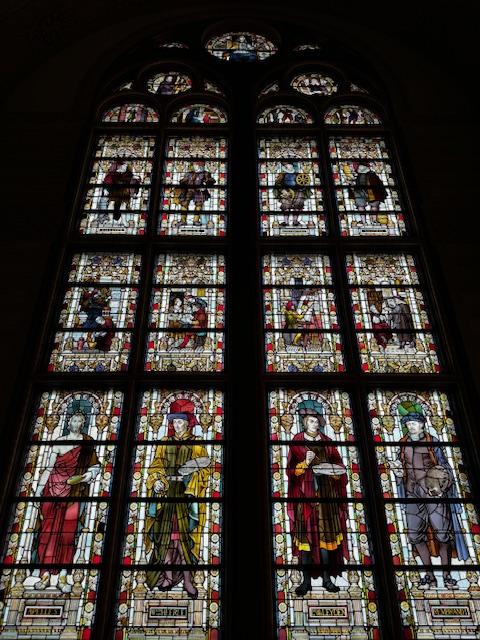


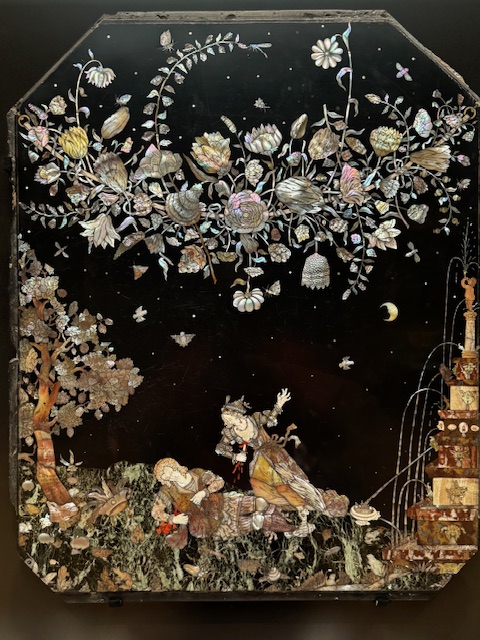

The museum is chock-full of monumental paintings from the 17th century, often referred to as the Dutch Golden Age, featuring such iconic artists such as Rembrandt van Rijn, with his 22 works of art, Johannes Vermeer’s four paintings, Frans Hals, with over 50 works, and Jan Steen’s 22 paintings prominently displayed. Add-in six of Van Gogh’s and you’ve got a sensational selection to gape at. Walking from gallery to gallery, you wonder what surprise and captivating work lurks next …





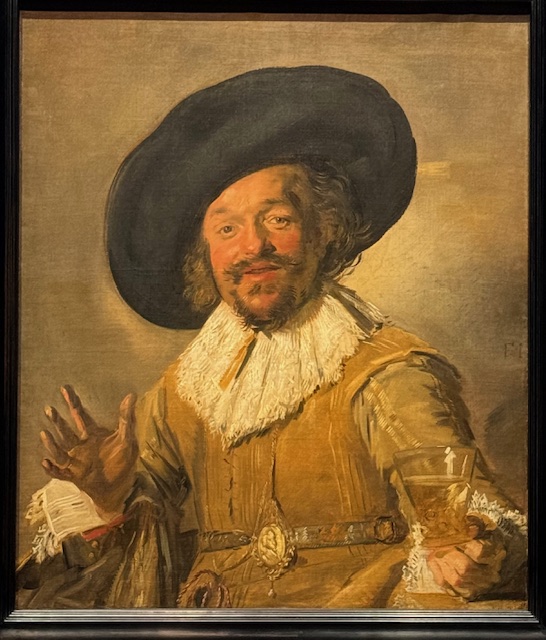
Coming upon Rembrandt’s (1606-1669) “The Night Watch” and Vermeer’s “The Milkmaid” in the Gallery of Honour sends chills down your spine as you enter this grand salon featuring these and other magnificent works. They’re among the most famous pieces in the Rijksmuseum. Crowds gather in awe.
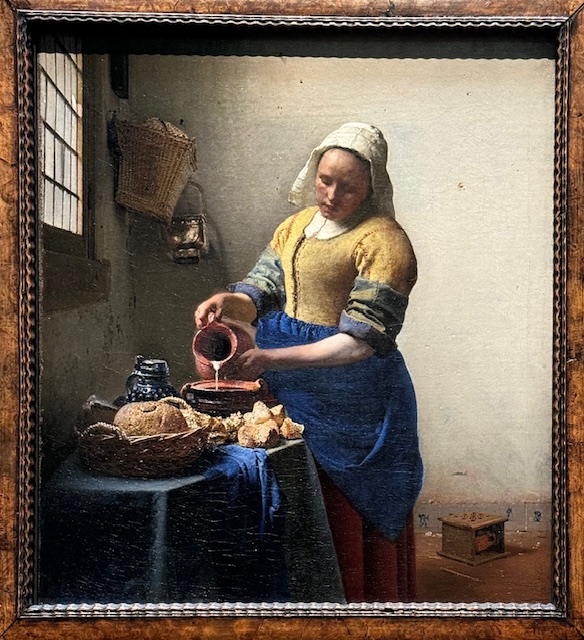
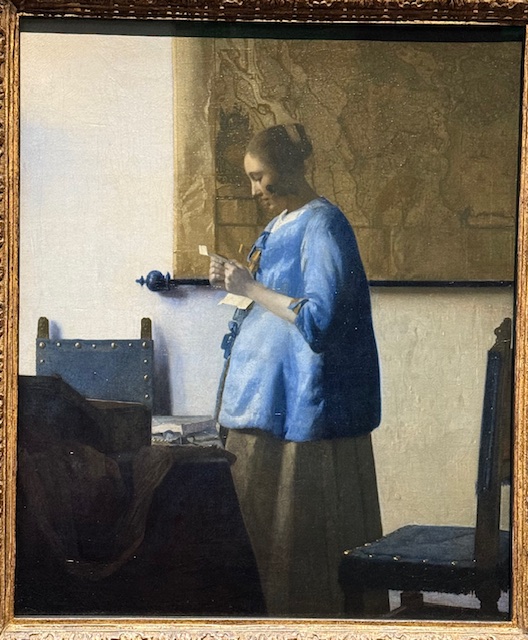
“The Night Watch” was painted in 1642 when Rembrandt was at the height of his career. It’s Rembrandt’s largest painting and has an estimated value of more than €500 million.

It’s officially titled “Militia Company of District II under the Command of Captain Frans Banninck Cocq.” However, it’s simply known as “The Night Watch.”
The painting was made for one of the three headquarters of Amsterdam’s civic guard. Rembrandt used the composition and dramatic lighting to capture a moment, with figures in various poses and expressions, and creating a sense of action and drama.
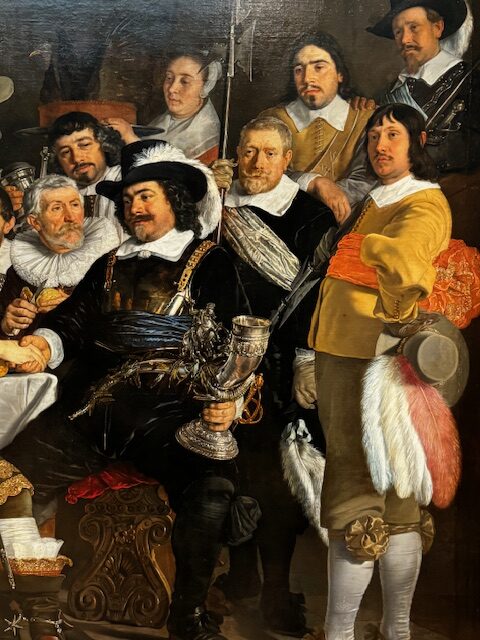



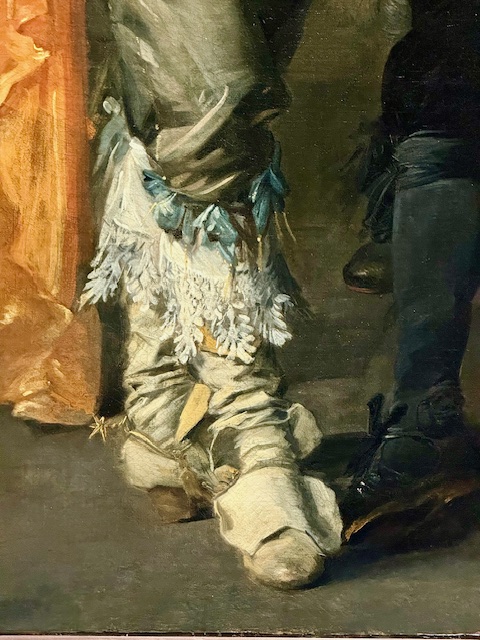
Despite its title, the painting is not set at night, but Rembrandt’s use of dark tones and shadowy areas gave rise to the nocturnal nature of the scene. You get caught up in the lights and shadows and its individual characters bring an incredible sense of movement.
The Rembrandt Gallery at the Rijksmuseum shows his genius, his innovations, and enduring influence in the history of art these past 400 years. Which brings us to the 19th century …
Van Gogh Museum
A stone’s throw away from the Rijksmuseum is the new Van Gogh Museum. It was like arriving in Mecca; making the pilgrimage to the Master Artist. Though having always been a fan of his use of color, attending prior major exhibits, and even seeing the “Van Gogh Immerse Experience,” the museum dedicated to Van Gogh is the holy grail of the artworld.
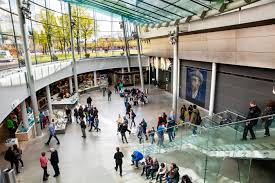
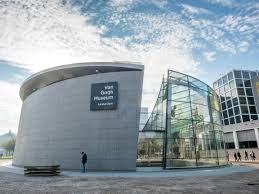
The museum houses the largest collection of Van Gogh’s (1853-1890) paintings and drawings in the world, including such masterpieces as “Sunflowers,” “The Bedroom,” and “The Potato Eaters.” They take your breath away seeing them close up.
Exploring the galleries, the museum-goer is offered an in-depth look at Van Gogh’s artistic development, his struggles with mental illness, and his profound impact on the art world. Tragically, Van Gogh’s life was cut short when he died by suicide on July 29, 1890, at the age of thirty-seven.

In addition to Van Gogh’s works, the museum also features pieces by other artists from the same period, providing context and insight into the European art world of the time.






Museums have rotating exhibits, and how lucky we were to experience the works of Matthew Wong (1984-2019), a talented Canadian painter known for his vibrant and evocative landscapes and cityscapes. It’s obvious how Van Gogh was a great influence on him.
And similarly, Wong struggled with mental health issues throughout his life; finally committing suicide at the age of thirty-five; finding solace and expression through his vibrant art.
Wong’s work often depicted dreamlike scenes filled with bold colors and expressive brushstrokes, capturing a sense of both beauty and melancholy (Van Gogh!).
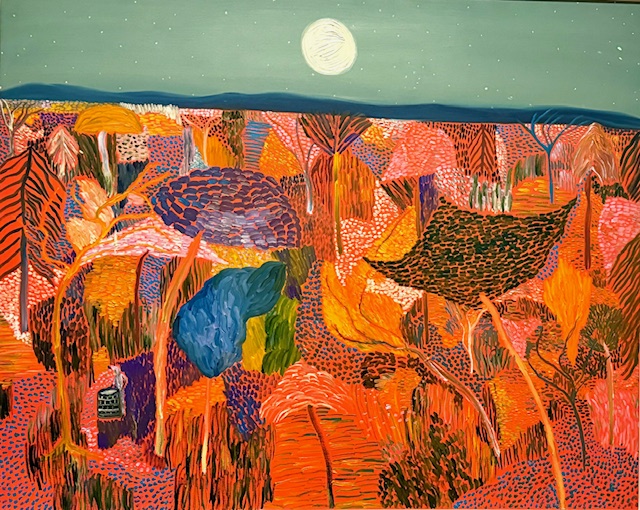
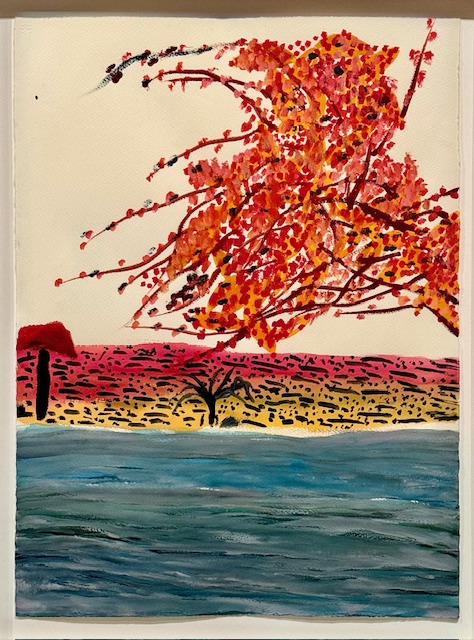
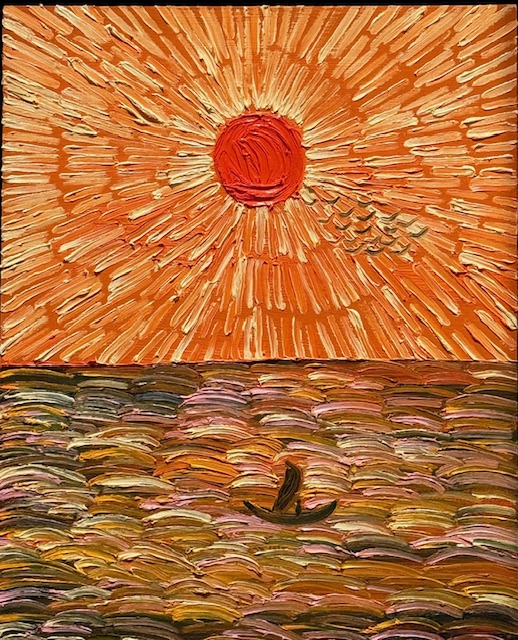


What a lucky find to have discovered this talented, tragic artist that briefly shined in just eight years; leaving behind brilliant works of art to forever leave his mark.
Amsterdam’s Jewish History
Whenever/wherever there might be a bit of old Jewish history to explore in our travels, we’ll try to arrange a visit. Amsterdam’s historic Old Jewish Quarter is dedicated to its rich Jewish history, art, and culture. It includes several museums, monuments, and other institutions, all clustered together within easy walking distance.
The Jewish Historical Museum has such a tour available and it houses and exhibits an extensive collection that documents the Jewish community in the Netherlands.


A kindly docent guided us on a tour, including: the Portuguese Synagogue, the Hollandsche Schouwburg theatre, memorial and deportation center; all of which played an important role in the Dutch Jewish community, especially during World War II and the Holocaust.

Jews have been present in Amsterdam since the late 16th century, when Sephardic Jews, fleeing persecution in Spain and Portugal, settled in the city. They established a vibrant community in Amsterdam, which became known for its tolerance and liberal atmosphere, as compared to other parts of Europe at the time.
One of the most significant landmarks of Jewish history in Amsterdam is the Portuguese Synagogue, also known as the Esnoga, built in the 17th century, and biggest in the world when it was built. Time stands still inside as everything has been kept just as it was in the 17th century; even down to the candlelit interior – in lieu of electric lights.
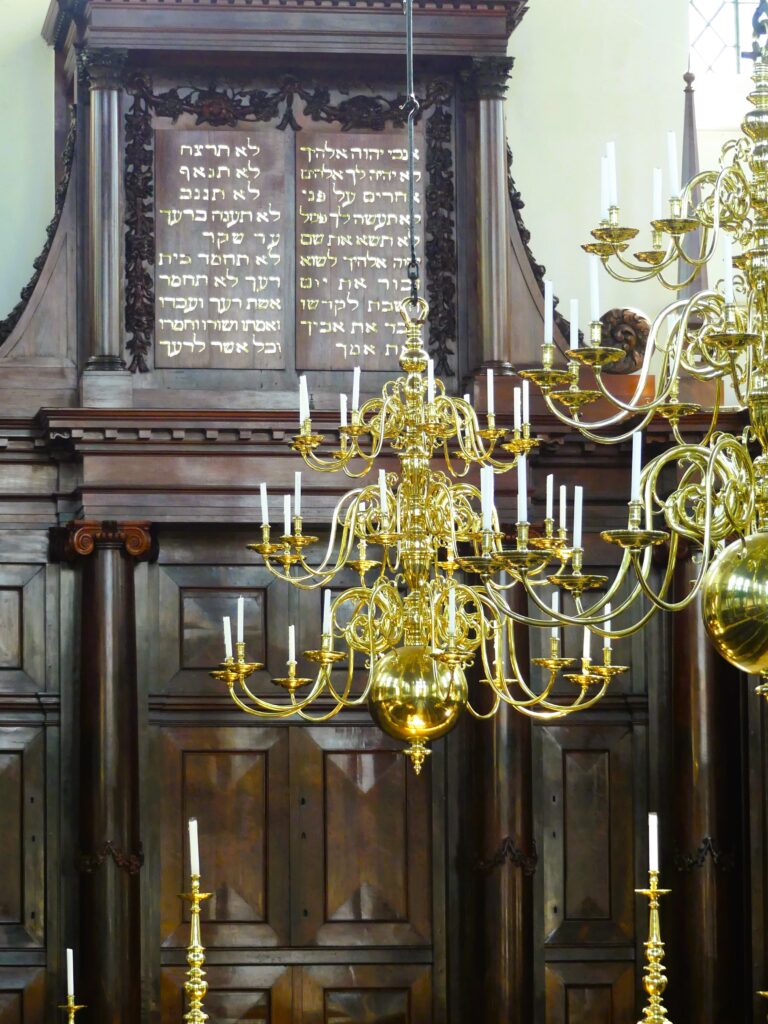
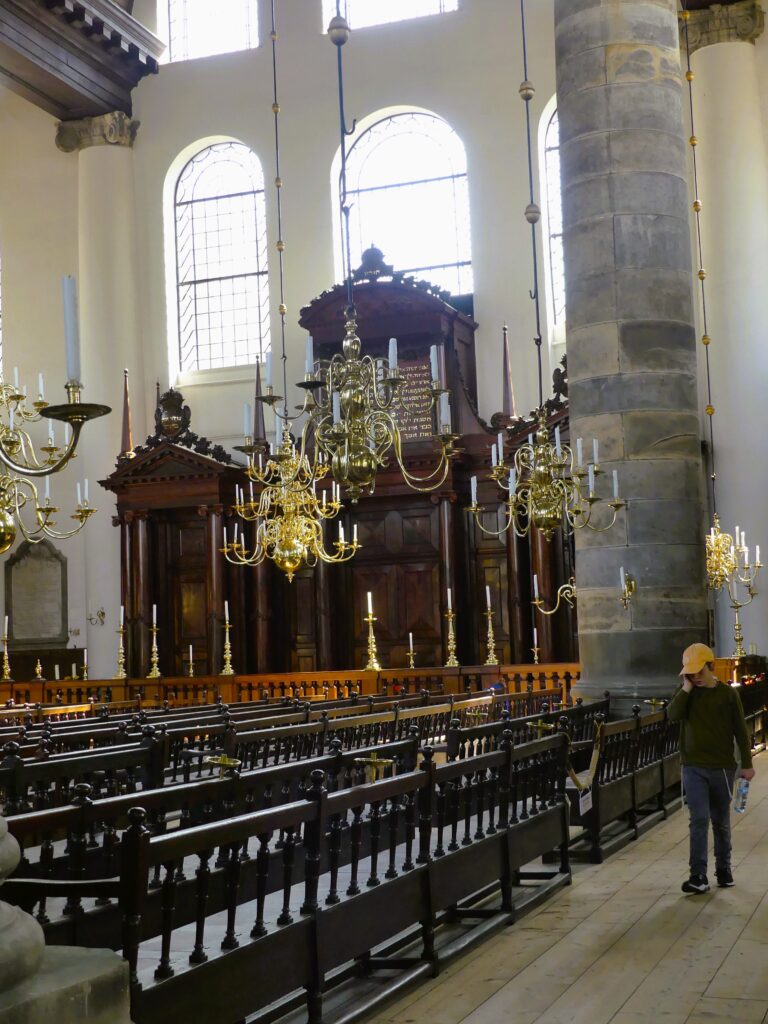
This majestic edifice stands as a symbol of the Sephardic Jewish community’s prosperity and cultural influence in Amsterdam during the Dutch Golden Age. It’s still being used as a house of worship.
The Treasury (Schatkamer) at the Portuguese Synagogue contains a fascinating collection of historical artifacts, ceremonial objects, and religious treasures that have been donated to showcase the traditions of the local Jewish community.
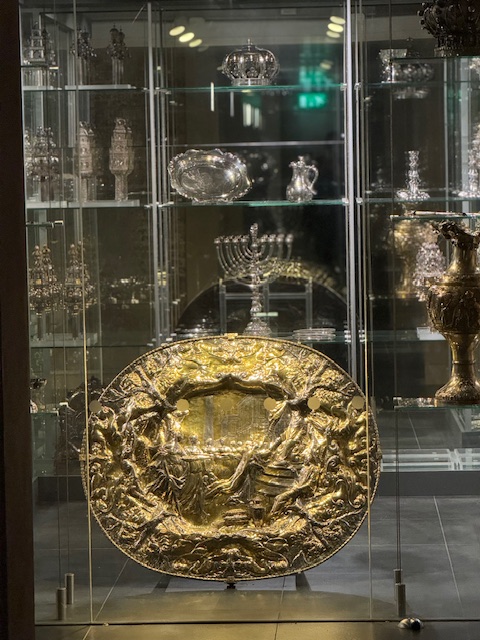
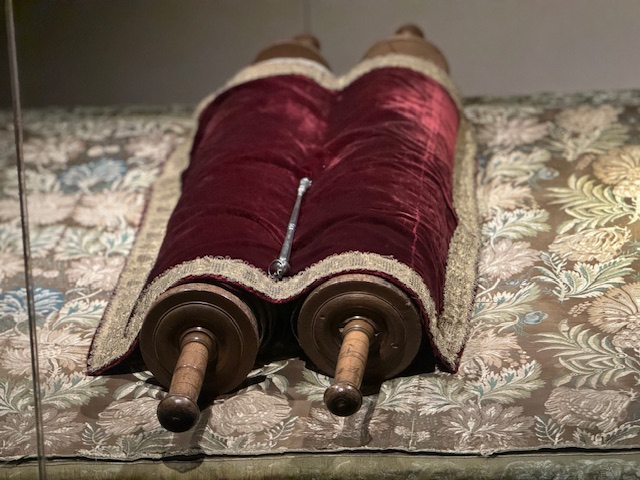
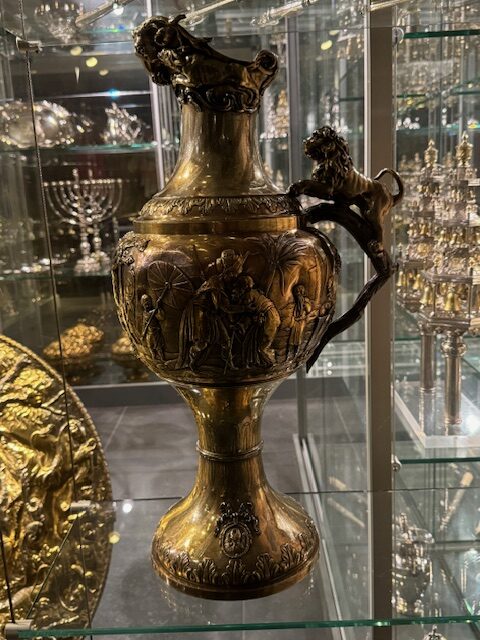

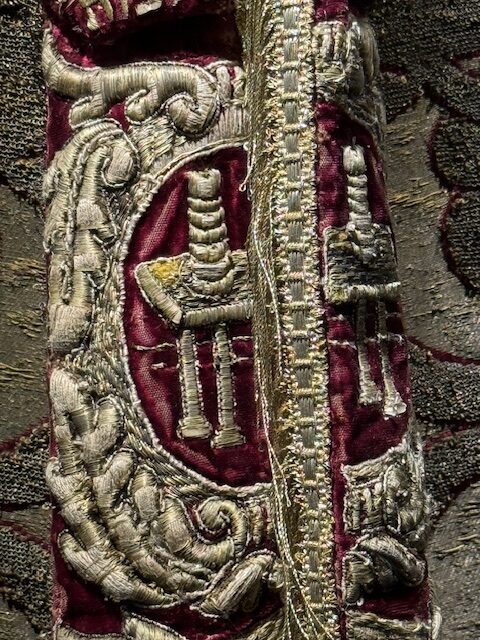
The 20th century brought significant, adverse challenges to the resilient Jewish community of Amsterdam, particularly during the Holocaust. One wonders how did this Synagogue manage to survive World War II and Nazi occupation? It was most likely due to a combination of strategic importance, oversight, and possibly plain, good old luck.
And who recorded those adverse conditions better than a young girl in her diary …
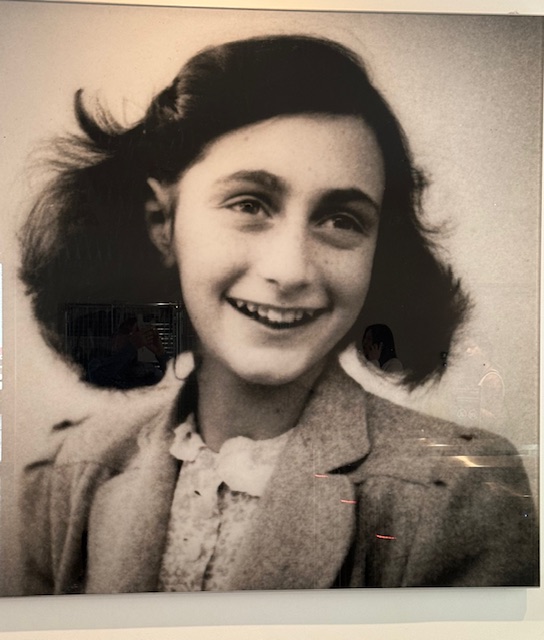
The Anne Frank Museum is housed in the building where Anne Frank and her family hid from the Nazis during World War II. The museum offers a poignant, moving, and immersive experience, allowing you to explore the actual space where Anne wrote her famous diary.
The Secret Annex (Achterhuis) is the concealed area at the top rear of the building where the Frank family, the Van Pels family, and Fritz Pfeffer, eight in total, hid from July 6, 1942 until their arrest in August 1944. The entrance to the annex was hidden behind a movable bookcase, which is how we entered the secret hiding space.
Like my previous visit, I became overwhelmed with emotion. This house and her writings serve as a powerful reminder of the impact of hatred and intolerance, and it continues to inspire people to work towards a world where such atrocities never happen again. Or have we forgotten already?!
Remember David’s ongoing quest for the perfect Pommes Frites? After spending our day in the museums, we set out for the best of Amsterdam. The hands-down best: Mannekenpis. No disappointments here, and I’m not that big of a French Fries guy, but these were incredible.
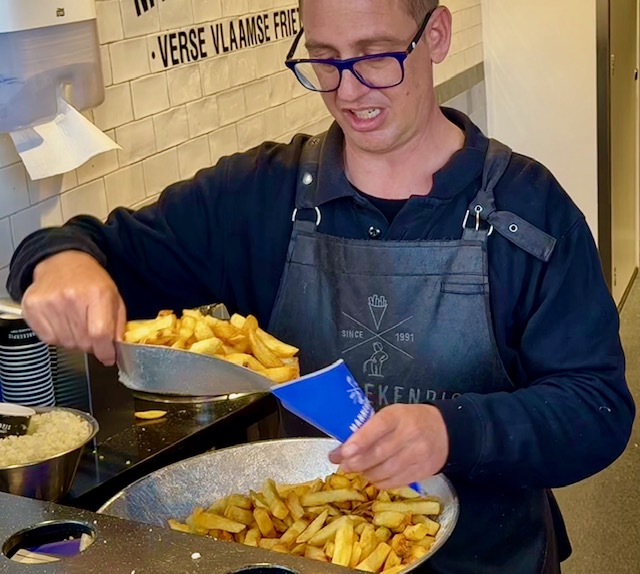
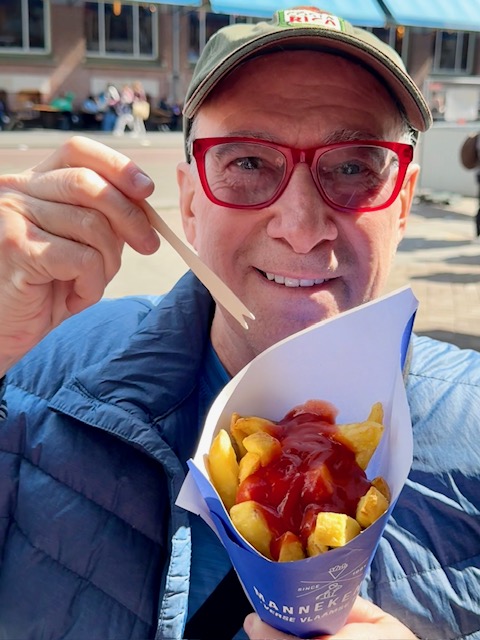



As seen on the streets…..





Next: Fields of Colors.

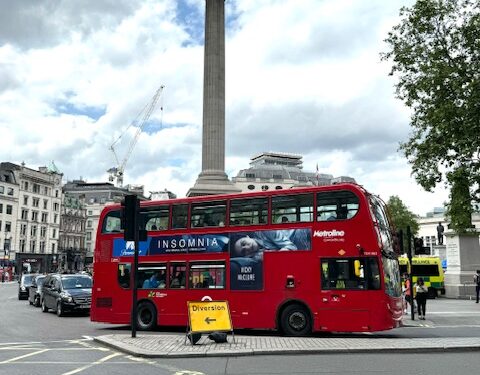




Van Gogh is correct. Stars certainly make one dream, but then … so does Musings … Thank you for a glimpse of some of the world’s finest art. Also for your thorough explanations of each Musings section.
Van Gogh museum is now on my list. There’s nothing like seeing a true masterpiece in person. Quite often, it’s an ethereal, otherworldly experience. Monet has always been my favorite artist, but then I see a work by Van Gogh in person and I get chills. No other artist moves me quite that way. Looking at all the paintings, I imagined going to dinner with one of the subjects. Other than Van Gogh, it would be The Merry Drinker! I was not familiar this painting, but it made me smile.
Anne Frank and the Holocaust. I hope we are incapable of forgetting.
You and David French Frying your way through countries. Brilliant!
As Seen … A study in blues and greens with the shock of red hair … love that photo. I may beg for a copy to have printed on canvas. Not a teeny canvas, either!
Thank you once again Sergio, for taking me along on your spectacular adventures.
Hals, Merry Drinker also made me smile!
YUM, FRIES!!!!
What a fantastic journey you two are having! I am so very happy for you both and so very thankful that you are sharing your journey! Thankyou so much!
So lovely- i feel like i missed a bit of this back in 1987! perhaps i was at the Heineken tour-i now have this on my bucket list– i do remember those fries though- and not a fries person either but those are decadent
also love Girl in large hat!
We walked by theHeinekin experience – as the Merry Drinker, i loved the Girl in the Hat she gave me attittude!
What an amazing trip you had! So jealous!!!!
Such beautiful buildings, museums, fabulous artworks, and those fries! What a great adventure!
And the adventure is just begining.